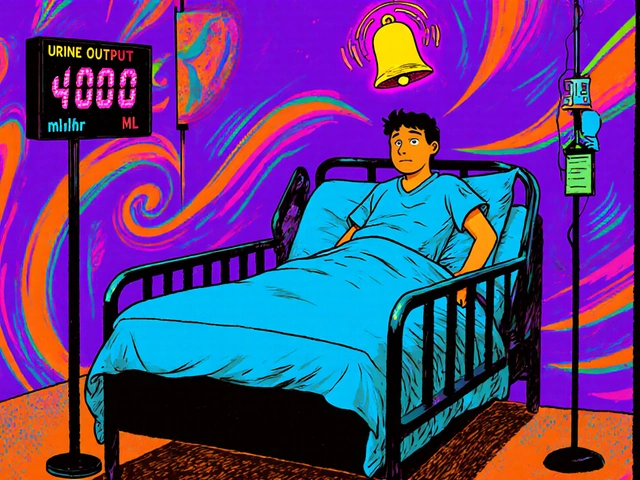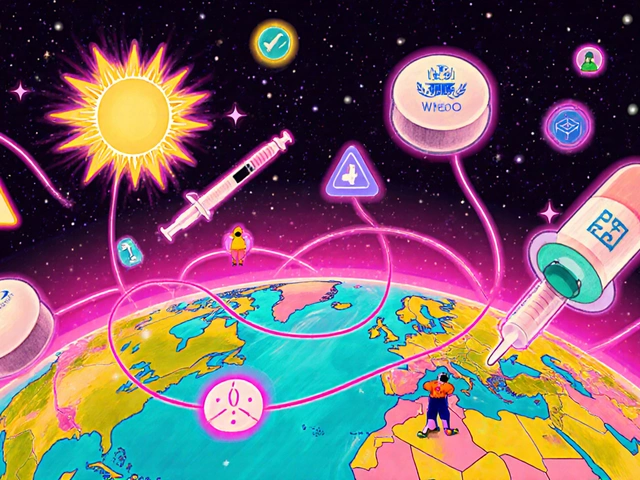What Is DOMS? Simple Answers for Sore Muscles
DOMS stands for delayed onset muscle soreness. It usually shows up a day or two after you push your muscles harder than usual. The pain feels like a dull ache, stiffness, and sometimes a bit of swelling. You get it because tiny fibers in the muscle tear during intense activity, then repair and grow stronger. This repair process releases chemicals that make nerves fire, which is why you feel sore.
Most people think any soreness means an injury, but DOMS is normal and not dangerous. It’s different from a sharp pain that happens right during exercise or a joint ache that doesn’t go away after a few days. If the pain lasts more than five days, feels like a stabbing sensation, or makes you weak, it might be something else.
How to Reduce DOMS Fast
The quickest way to feel better is to keep moving. Light cardio, walking, or easy cycling gets blood flowing and helps clear out the chemicals that cause pain. Stretching gently after a warm-up also eases stiffness without adding more damage.
Hydration matters too. Water carries nutrients needed for repair, so drink plenty throughout the day. Adding electrolytes can help if you’ve sweated a lot during your workout.
Nutrition plays a role. Protein gives muscles the building blocks they need to rebuild, and carbs refill energy stores. A snack with both—like Greek yogurt and fruit—within an hour after exercise can speed recovery.
Sleep is when most repair happens. Aim for seven to nine hours of solid sleep so your body can finish the rebuilding process. If you’re short on time, a short nap still helps reduce soreness.
Massage or foam rolling works by breaking up tight spots and improving circulation. You don’t need fancy tools; a simple tennis ball rolled under the sore area does the trick.
If the ache is uncomfortable, over‑the‑counter pain relievers like ibuprofen or acetaminophen can be used sparingly. They lower inflammation but shouldn’t replace natural recovery methods.
When to See a Doctor
Most DOMS clears up on its own, but watch for warning signs. Persistent sharp pain, swelling that doesn’t improve, or loss of strength may mean a strain or tear. Fever, redness, or warmth around the muscle could indicate infection.
If any of these show up, book an appointment. A professional can rule out serious injury and give you targeted treatment options.
Bottom line: DOMS is a sign your muscles are adapting to new stress. By staying active, hydrating, eating right, sleeping well, and using simple recovery tools, you’ll bounce back faster and keep making progress without the dreaded lingering soreness.
Muscle Aches and Athletic Performance: Causes, Effects, and Proven Recovery Strategies
Muscle aches slow speed, power, and skill. Learn what’s normal vs risky, how to train or rest, and recovery tactics that actually work for athletes.






